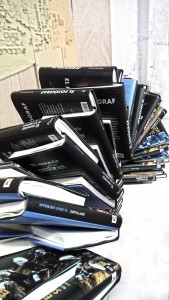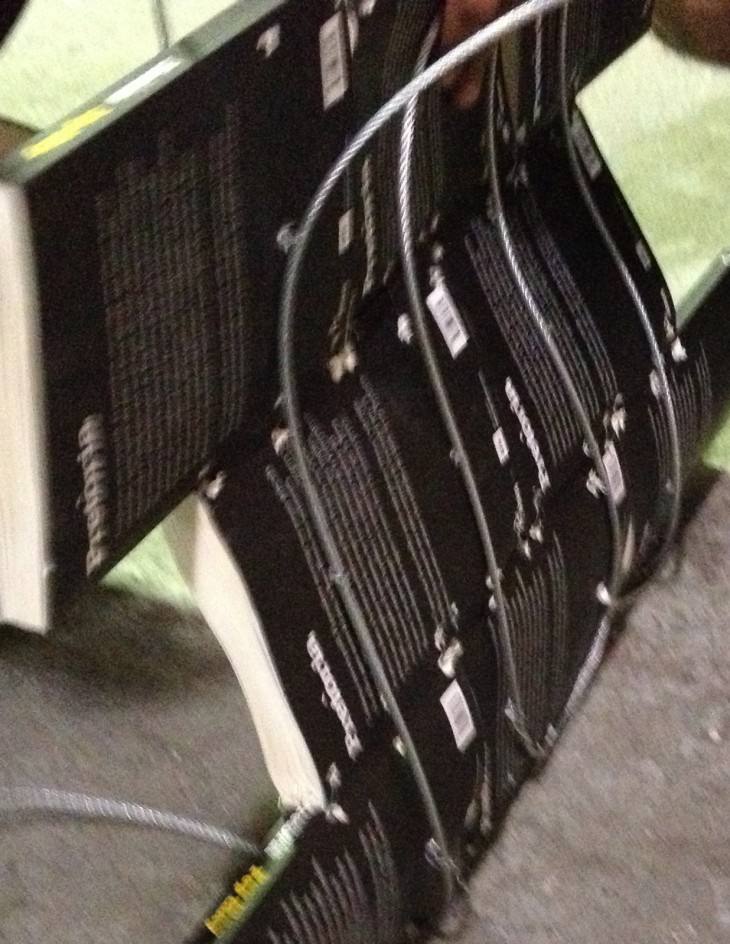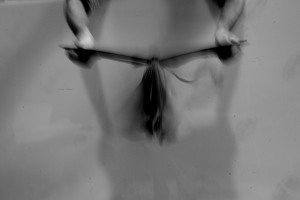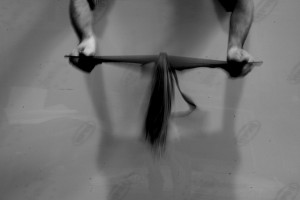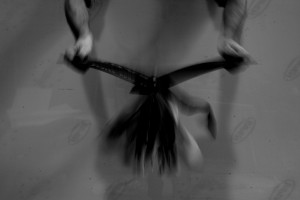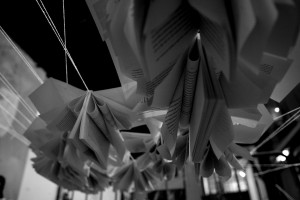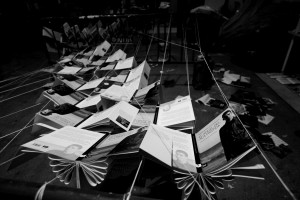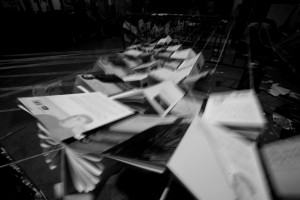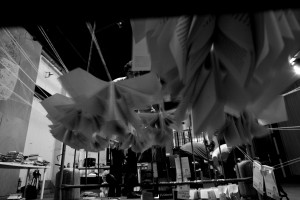The project consists in creating a flexible structure by interlocking books in different directions. Using weight distribution it creates a bouncing sequence that can be manipulated into different geometries. Read More
Roof of covers and columns of content CCC
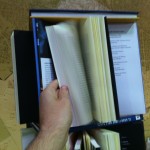

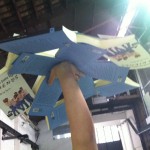
Maintaning the capacity to read a book in a structure for supporting a book-dome.
In the roofstructure you can see the covers of the book. In the columns you can feel and read the books.
circular book bay
an extension of the structural book bay, this module was developed through stretching the limits of ‘Grid 1′, and the interlocking connection.
Kinetic Libro Skin
A Kinetic skin – combining both the structure and flexibility of a massed jigsaw of irregular books with the implementation of tensile tendons to create a dynamic, flowing, adaptable structure and space.
A new building material of compressed pages allowing any form, flexibility, and stability. Read More
El Vol de la Llibertat
Flying books in morphed shapes create spaces and connection of knowledge and freedom
The considerations above books and our project are mostly about their duality. Back and front, when they are open, hard and soft, inner and outer parts, or lighter and whiter in, heavier and darker out…or even flexible the pages, motionless the cover.
Though this we came directly with a main division of this two parts, imaging the cover as the strong outer surfaces of the pavilion, and the pages as real content, the warm they can make you feel, the beauty made by the color of the pages and their shape once bended, as in the picture.
Books in to Architecture by adding new material. Our action was to insert a structure, as you can see in the drawn scheme, between these parts, in the only empty space inside this solid structure as a book is. A structure where a steel string supports them, and at the same time smaller X strings keep the cover up. This structure will works as a path roofs and a connection between points (trees, lampposts, walls) that represent different places (Cataluña to Spain or city to city in Cataluña) where the books, or the knowledge, so the freedom, is the jumper wire between them. By this, transforming books in Architecture.
The final result is though as a book in a bigger scale, maintaining the sense of discovery and mystery that every book has, and the feeling of knowledge once you are in, in the pavilion and in the middle of a book. As architects, working with shapes more than words, we design the pages bending them as a sort of origami in order to make them communicate. A communication which can have lots of different readings, but mostly well connected with the sense of freedom, these pages will look to fly as free birds, or a dove, sign of peace, as well as the sheets are white. And also the configuration of all these roofs should follow the birds’ flight trajectory; a biomimetic way to underline the natural being of the books, made by trees’ trunk, far away from digital world.
As this structure will set up and figure out the general shape of the plaza, defining, dividing or accentuating its spaces, we’ll better accommodate these ones to be livable in a more different ways than an usual library, with various uses of books; this time the object is created using in two separate ways the outer and inner part of books, again. The cover is the resistant and solid one, the pages will work as a soft thing, like a pillow, to host people to sit or leaning back. These ones are made just by books except for little pieces of natural rubber at the bottom, as frictions to the floor. This module, made by four books, can be multiplied by people themselves according to the use they want to.
The scheme of these strings can be easily replaced on the floor by long and curved books’ shelf, creating a dynamic space.

